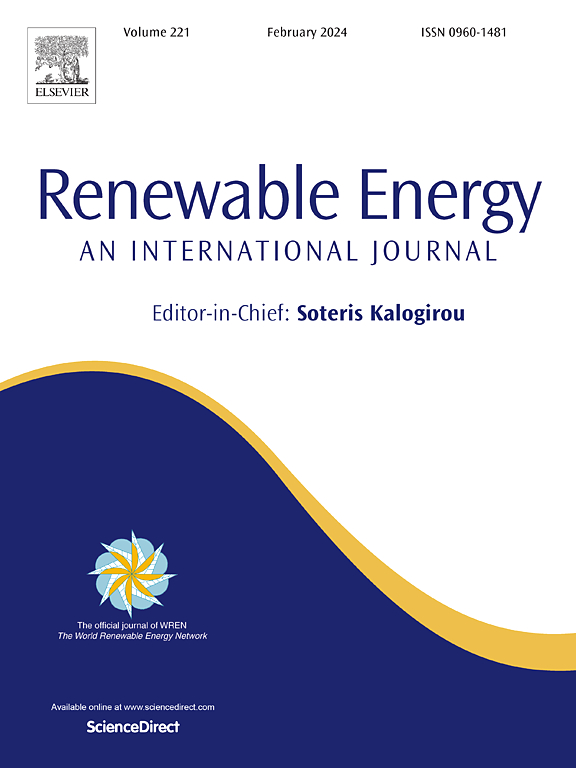Renewable energy integration in the Belt and Road Initiative: Government expenditure, green finance, and economic growth
IF 9.1
1区 工程技术
Q1 ENERGY & FUELS
引用次数: 0
Abstract
China is leading in incorporating renewable energy into the Belt and Road Initiative (BRI), a vital first step toward sustainable development. From 2013 to 2023, this paper investigates how government expenditure, green finance, and economic development interact to support renewable energy within the BRI framework. This study especially catches the asymmetric and nonlinear impacts of green financing and renewable energy infrastructure investments—such as solar, wind, and hydropower—on economic growth and environmental sustainability using the Quantile Autoregressive Distributed Lag (QARDL) model. The results show that government subsidies and green financial instruments such sustainable loans and green bonds and loans have greatly hastened the shift to low-carbon energy sources. Furthermore, the QARDL approach distinguishes this study from standard methods by offering a sophisticated knowledge of the short- and long-term dynamics spanning several quantiles. The outcomes underline the need for international coordination among BRI countries and fiscal policy alignment to maximize the economic and environmental benefits of renewable energy. Under the BRI, this paper presents policy suggestions to improve the efficiency of green finance in reaching long-term sustainability objectives.

“一带一路”倡议中的可再生能源整合:政府支出、绿色金融与经济增长
中国在将可再生能源纳入“一带一路”倡议方面处于领先地位,这是实现可持续发展的重要第一步。从2013年到2023年,本文研究了政府支出、绿色金融和经济发展如何相互作用,以支持“一带一路”框架下的可再生能源。本研究利用分位数自回归分布滞后(QARDL)模型,特别关注了绿色融资和可再生能源基础设施投资(如太阳能、风能和水电)对经济增长和环境可持续性的不对称和非线性影响。结果表明,政府补贴和可持续贷款、绿色债券贷款等绿色金融工具极大地加速了向低碳能源的转变。此外,QARDL方法通过提供跨越几个分位数的短期和长期动态的复杂知识,将本研究与标准方法区分开来。会议结果强调,有必要加强“一带一路”沿线国家之间的国际协调和财政政策协调,以最大限度地发挥可再生能源的经济和环境效益。在“一带一路”倡议下,本文提出了提高绿色金融实现长期可持续发展目标效率的政策建议。
本文章由计算机程序翻译,如有差异,请以英文原文为准。
求助全文
约1分钟内获得全文
求助全文
来源期刊

Renewable Energy
工程技术-能源与燃料
CiteScore
18.40
自引率
9.20%
发文量
1955
审稿时长
6.6 months
期刊介绍:
Renewable Energy journal is dedicated to advancing knowledge and disseminating insights on various topics and technologies within renewable energy systems and components. Our mission is to support researchers, engineers, economists, manufacturers, NGOs, associations, and societies in staying updated on new developments in their respective fields and applying alternative energy solutions to current practices.
As an international, multidisciplinary journal in renewable energy engineering and research, we strive to be a premier peer-reviewed platform and a trusted source of original research and reviews in the field of renewable energy. Join us in our endeavor to drive innovation and progress in sustainable energy solutions.
 求助内容:
求助内容: 应助结果提醒方式:
应助结果提醒方式:


